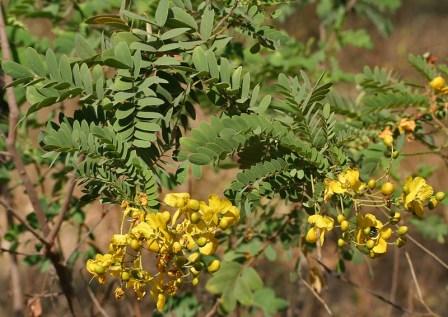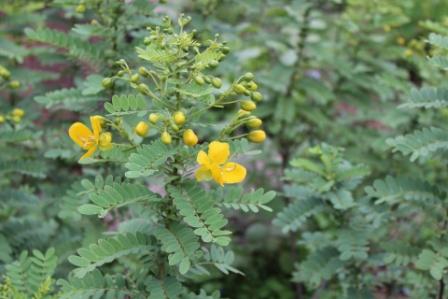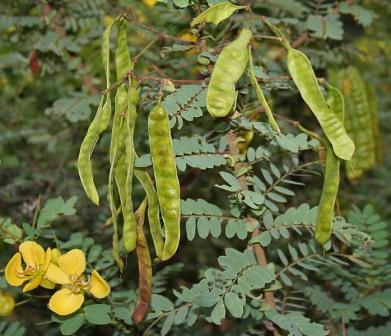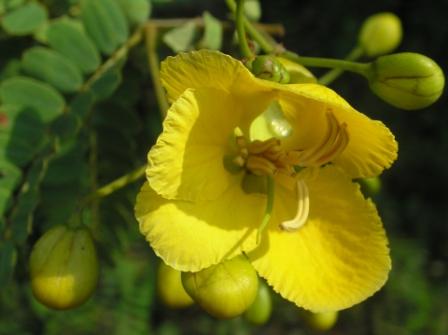Growth : Medium
Height : 5.00 m
Natural Regeneration :
Natural Regeneration
It is propagated by seed.
Artificial Regeneration
Propagated by cuttings.
Seed collection Storage
- Amla mostly propagted by seed and cutting.
- Matyre fruits are collected in the month of Aptil-May and their seeds are extracted after drying.
- seeds can be stored for shorter period only.
Pretreatment
- Seed - it has a hard seedcoat and needs scarification before sowing to speed up germination.
Nursery Technique
- The seeds are more preferably drilled at a distance of 30cm in lines, 1.5 to 2.5cm depth on well prepared land.
- The seeds can also dibble on the inner sides of the ridges opened at 45 cm distance maintaining a plant to plant spacing of 30 cm.
- First sowing is done February-March while second is carried out in November-December.
- About 15-25 kg of seeds are required per hectare of land seeds are sown thinly.
Plantation technique :
- It can be economically grown under rainfed conditions.
- For good harvest of senna 5-8 light irrigation are enough.
- Heavy irrigation injurious to health.
- The cheapest method of cultivation is by sowing in furrows 2 -5in. apart and 4 - 6inch deep.
Care & Disease Control :
- High humid conditions the larvae of white butterfly (Catopsilia pyranthe) may cause damage.
- The another pest pod borer is attack the pods it can be controlled by spraying Endosulphan (0.05%) at interval of 10-15 days.
- The leaf spot diseases are caused by the alternaria alternata and Cercospora sp.
- The spraying of 0.15% Dithane M-45 at fortnightly interval, 3 times a period of 5-6 weeks.
Irrigation :
For proper growth and survival it is necessary to give one or two waterings after planting. This is specifically required in arid regions. Irrigation after planting is not a prerequisite in areas having sufficient soil moisture and precipitation. Higher survival rate and better rate of growth is reported when soil and water conservation measures are also adopted
Yield :
"Plants are fairly fast-growing and can reach a height of about 3 metres with 35mm stem diameter within 2 years; and a height of about 5 metres with 70mm stem diameter within 4 years"
Agro Forestory :
The plant is utilized for green manuring (India). It is used for revegetating erodible soils and has proved very effective in reclaiming sodic soils which have been dressed with gypsum
Major uses :
- The bark yields tannin. The bark of plants 3 years old or more contains 15 - 24% of tannin on a dry weight basis.
- A black dye is obtained from the bark.
- A fast yellow dye is obtained from the flowers.
- The flower buds are used in the galling process prior to dyeing cotton cloth and chintzes red, pink or purple with madder roots.
- The wood does not reach a volume adequate for timber, but sometimes handles of small tools are made from it.
Other uses :
Agroforestry Uses:
- The plant is utilized for green manuring.
- It is used for revegetating erodible soils and has proved very effective in reclaiming sodic soils which have been dressed with gypsum.





